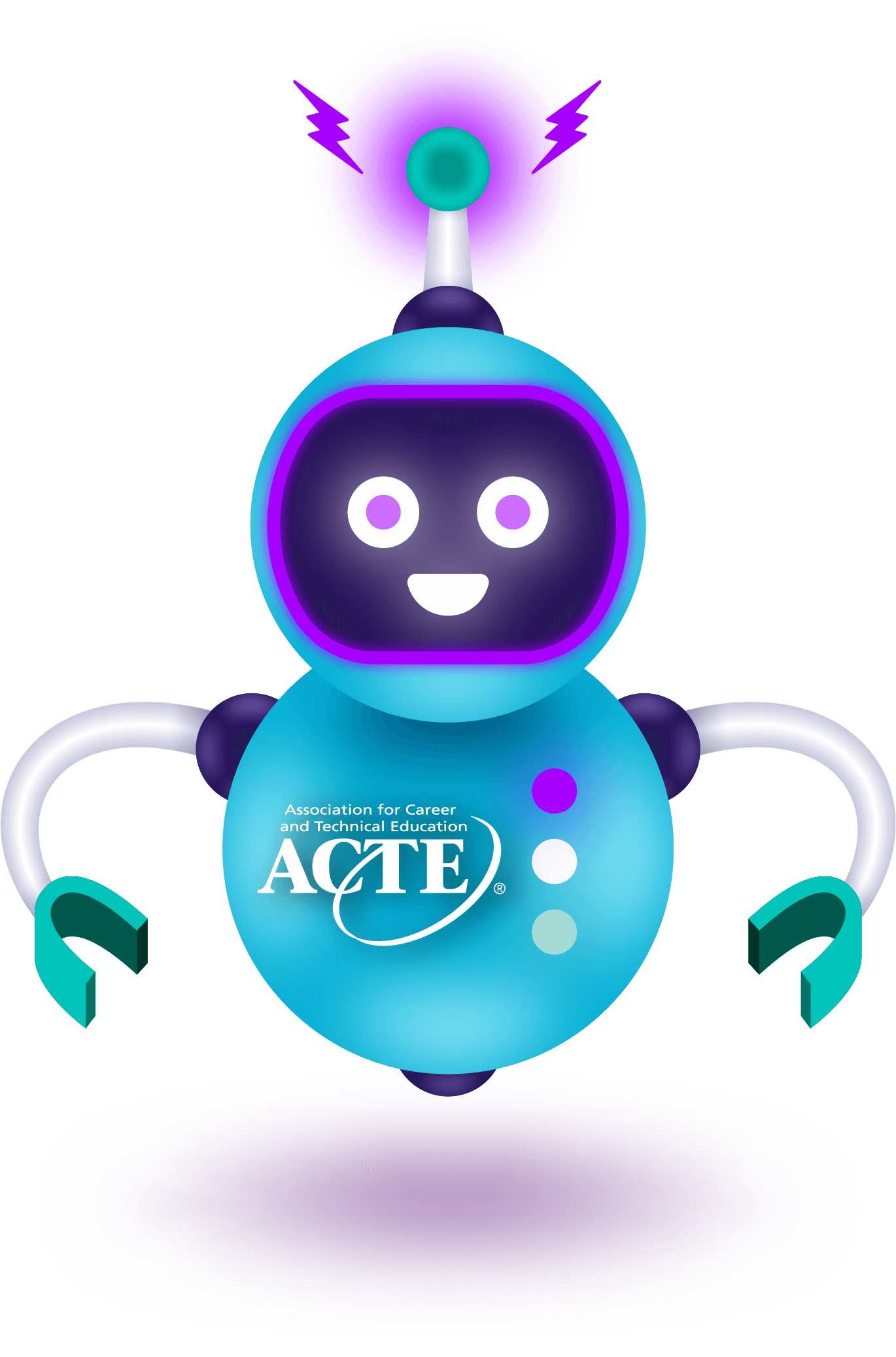In the final part of this series, this blog post will examine a few additional education provisions that were included in the final version of the One Big Beautiful Bill Act.
A New Accountability Standard for Degree Programs
One of the more significant changes is the creation of a new accountability regime for college degree programs, similar to Gainful Employment. Under the new system, any degree program that provided students with federal student loans must prove that its graduates are earning more than they likely would have with just a high school diploma.
Specifically, for undergraduate programs to remain eligible for the federal student loan program, the median former student (who’s working and not enrolled in more education) must earn more than the median earnings of 25–34-year-olds in their state who hold only a high school diploma or equivalent. If a program repeatedly fails this test (in two out of three consecutive years), it loses access to federal loans.
The new accountability system would not apply to non-degree certificate programs.
Expanded Uses for 529 Plans
The bill broadens the uses of 529 savings plans. Originally limited to college costs and up to $10,000 per year in K–12 tuition, 529 funds can now cover additional educational expenses like standardized test fees, specialized educational therapies and workforce credentials, giving families more flexibility to use these tax-advantaged savings.
Caps to Student Loans
Graduate and parent borrowers will face tighter federal loan limits. The bill eliminates the Grad PLUS loan program entirely, which currently allows graduate students to borrow up to the full cost of attendance beyond their Stafford loans. Instead:
- Graduate students in nonprofessional programs like Master’s and PhD tracks will be capped at $20,500 per year and $100,000 total in unsubsidized Stafford loans.
- Professional students (law, medical, dental) will have a higher cap of $50,000 per year, with a $200,000 lifetime maximum.
Parent PLUS loans, which parents can use to help pay for their child’s undergraduate education, are also scaled back. The current system allows parents to borrow up to the full cost of attendance. Under the new law, that limit would drop to $20,000 per year per dependent student, with a lifetime cap of $65,000.
All federal borrowers, regardless of program or loan type (except Parent PLUS), will face a new aggregate borrowing limit of $257,500. Notably, this cap does not adjust for any amounts already paid back or forgiven. Students currently enrolled can keep borrowing under the old limits for up to three more years or until they finish their degree.
Updates to Student Loan Repayments
Finally, the new law eliminates nearly all existing repayment plans for new borrowers. Instead, the law creates two options: a single standard repayment plan and a new income-driven option called the Repayment Assistance Plan (RAP).
RAP would gradually raise the percentage of a borrower’s income used to calculate payments, starting at 1% and rising to 10% over time. For many, this means slightly higher monthly payments compared to current income-driven repayment (IDR) plans, especially for higher-income borrowers. However, the government would help cover unpaid interest and chip away at the principal balance each month for low-income borrowers. The maximum repayment term for RAP would stretch to 30 years, compared to 20 or 25 years under the current IDR plans (or as short as 10 years under the SAVE plan).
If you have any questions or would like to discuss this more in-depth, please contact ACTE’s Government Relations Manager, Jimmy Koch (jkoch@acteonline.org).







